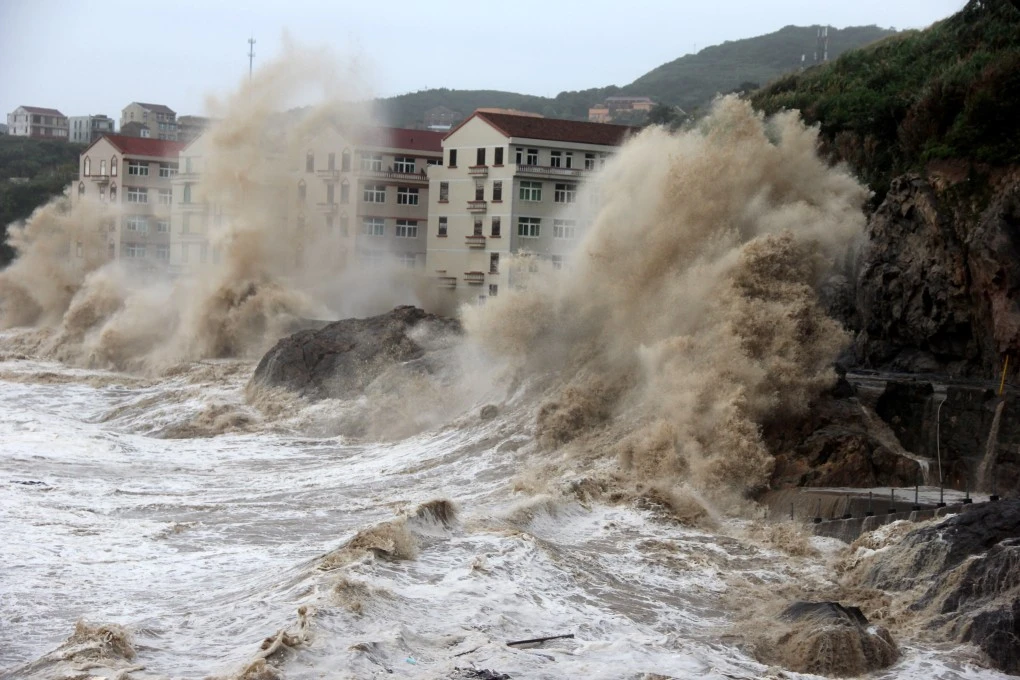Unprecedented Sea Level Surge Hits China’s East Coast: A Wake-Up Call for Coastal Preparedness
On Monday night, an unexpected natural event unfolded along China’s east coast, affecting the provinces of Liaoning and Hebei, as well as the city of Tianjin. This region, bordering the Bohai Sea, witnessed an extraordinary rise in water levels that left vast areas submerged, catching residents and authorities off guard.
A Unique Phenomenon
Unlike typical storm surges, this tidal event occurred in the absence of storm conditions such as strong winds or high waves. Despite calm weather, the water levels dramatically rose as night fell, setting new records in the region. For more than 20 hours, water levels hovered approximately 1 meter (39 inches) above normal, prompting emergency responses and significant concern.
This phenomenon has led to intense investigation by experts who are striving to understand the underlying causes. One prevailing theory points towards atmospheric influences, which have caused similar anomalies in other regions worldwide. Notably, Japan experienced sudden sea level changes caused by atmospheric Lamb waves following a volcanic eruption in Tonga — a situation echoing the recent events in China.
Coastal Vulnerability and Climate Impact
The unexpected surge shines a spotlight on the vulnerability of coastal regions to sudden and unpredictable natural occurrences. With climate change resulting in rising global sea levels, these events are likely to become more frequent and severe. Changes in tidal patterns along coastlines, such as those documented in Shanghai, underscore the necessity for improved forecasting models and robust emergency preparedness frameworks.
The effects of climate change on atmospheric and oceanic interactions present a growing challenge. As such, understanding these interactions is crucial for mitigating risks and protecting coastal communities from future threats.
A Call for Better Preparedness
The recent tidal surge along China’s east coast reaffirms the need for enhanced scientific research and technological advancements. While experts continue to probe the specific causes of this event, the incident reminds us of the urgent need to bolster forecasting capabilities and emergency response strategies. Coastal regions worldwide must prioritize adaptive measures to mitigate the impact of similar events spurred by the advancing tide of climate change.
As we strive to comprehend these complex natural phenomena, the focus must remain on safeguarding communities and infrastructure. Increasing awareness and fostering collaborative efforts among nations will be key to resilience in the face of such unpredictable challenges. For more information on emergency preparedness and forecasts, please visit the official website.
